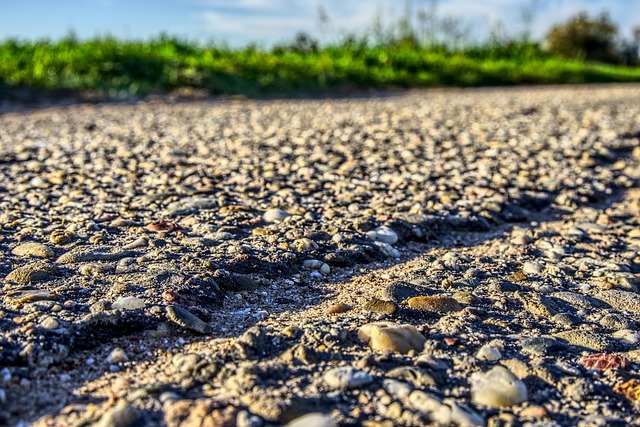The challenges posed by climate change and extreme weather are increasingly visible in our daily lives, reminding us of the urgency to come together as neighbors. As temperatures rise and weather patterns become more unpredictable, we are called upon to protect not just our homes, but also the environment we all share. This effort begins in our own communities, where the strength of unity can pave the way for significant change.
Extreme weather events such as floods, hurricanes, and wildfires have become more frequent and severe due to climate change. These events don’t respect boundaries; they impact everyone. It’s during these challenging times that neighbors can play a vital role in each other’s lives. By collaborating and creating a support network, we can help each other prepare for, respond to, and recover from these disasters. Gathering your neighbors to discuss strategies for climate resilience builds not only a sense of community but also fosters a spirit of compassion and solidarity.
As a community, it’s essential to address the environmental issues caused by climate change. From organizing local clean-up days to promote environmental stewardship to advocating for policies that prioritize sustainability, neighbors can push for transformative change. Simple actions like planting trees, starting community gardens, or recycling initiatives can have a lasting impact. These actions bring people together, create green spaces, and encourage conversations about the importance of protecting our planet.
Furthermore, we can utilize technology and social media to strengthen our connections. By forming online groups, neighbors can share resources, information, and experiences. Whether it’s discussing energy-efficient practices or organizing a neighborhood watch during extreme temperature alerts, digital platforms can keep everyone informed and engaged. This also allows the harnessing of collective knowledge, where more experienced community members can guide others in preparing for climate-related challenges.
Education plays a pivotal role in fostering a collective understanding of climate change and its effects on our environment. Neighbors can host workshops or invite local experts to share insights on sustainable living and climate resilience. Understanding the science behind climate change empowers individuals, allowing them to take actionable steps in their lives and encouraging nearby residents to do the same.
Moreover, don’t underestimate the power of advocacy. By uniting as a collective voice, neighbors can engage with local government officials to demand changes that prioritize sustainability, such as better infrastructure for flood zones or improved waste management systems. Representing the interests of our community not only protects our immediate environment but also instills a sense of responsibility towards future generations.
Finally, let’s remember that resilience in the face of climate change requires not just individual effort, but a united front as neighbors. While the challenges may seem daunting, together we can build a climate-conscious community ready to protect the environment we depend on. It’s about working hand-in-hand to create a healthier, more sustainable future. In a world where changes are happening rapidly, fostering these neighborly connections becomes imperative, transforming our communities into resilient entities poised to combat climate change while nurturing the invaluable friendships that arise in the process.




